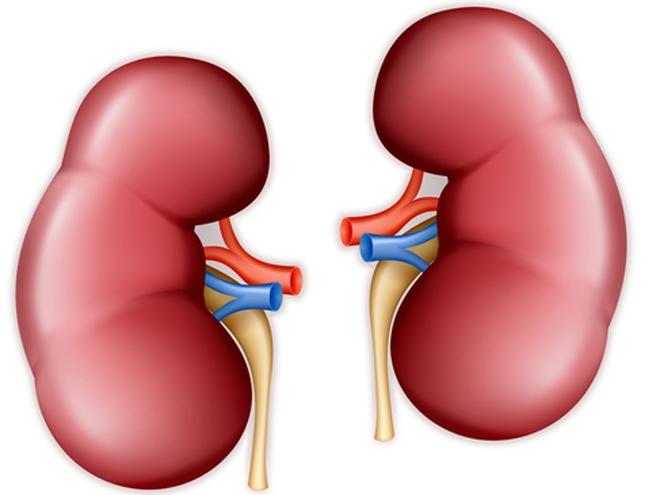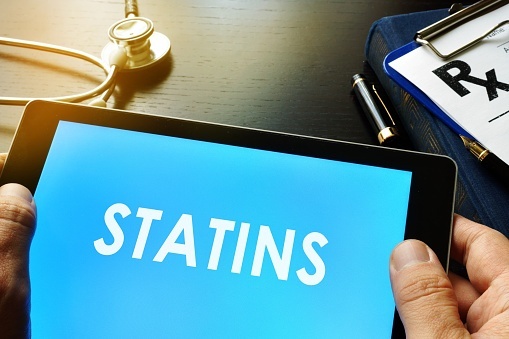
Data from three phase 3 trials of roxadustat were examined in recent subgroup analyses. Roxadustat is an oral hypoxia-inducible factor prolyl hydroxylase inhibitor for the treatment of anemia in patients with chronic kidney disease (CKD). The agent stimulates erythropoiesis and improves iron metabolism in that patient population.
During a virtual poster session at ASN Kidney Week 2020, Daniel W. Coyne, MD, and colleagues reported results of the analyses. Data from the randomized, double-blind, placebo-controlled studies of roxadustat for the treatment of anemia in patients with non-dialysis dependent CKD (NDD-CKD) were examined. Results were reported in a poster titled Subgroup Analyses of Efficacy of Roxadustat for Treatment of Anemia in Patients with Non-Dialysis-Dependent CKD.
The data were from prespecified, clinically relevant patient subgroups. Data were analyzed for mean change from baseline in hemoglobin averaged over weeks 28 to 52 regardless of rescue therapy (primary US efficacy end point) and percentage of patients who received rescue therapy in the first 52 weeks.
There were 2391 patients in the roxadustat group and 1886 in the placebo group. Patients in the roxadustat group achieved a significantly larger mean change from baseline in hemoglobin level (1.85 vs 0.13), corresponding to a least-squares mean difference of 1.72 (95% confidence interval [CI], 1.65-1.79; P<.0001).
Results for all subgroup analyses were consistent with those for the US primary efficacy end point and the percentage of patients requiring rescue therapy in the overall NDD population. Compared with those in the placebo group, significantly fewer patients in the roxadustat group required rescue therapy during treatment (8.9% in the roxadustat group vs 31.1% in the placebo group), corresponding to a hazard ratio of 0.19, 95% CI, 0.16-0.23; P<.0001). In all subgroups, the effect was consistent and was particularly pronounced in patients with baseline hemoglobin <8.0 g/dL (18.1% in the roxadustat group vs 59.3% in the placebo group) and those with baseline eGFR <10.0 mL/min/1.73 m2 (14.8% in the roxadustat group vs 48.3% in the placebo group).
In conclusion, the researchers said, “The efficacy of roxadustat versus placebo for a larger mean change from baseline in hemoglobin and fewer patients that received rescue therapy was consistent across a wide range of prespecified subgroups in the NDD-CKD population.”
Source: Coyne DW, El-Shahawy MA, Pecoits-Filho R, et al. Subgroup analyses of efficacy of roxadustat for treatment of anemia in patients with non-dialysis-dependent CKD. Abstract of a poster presented at the American Society of Nephrology virtual Kidney Week 2020 (PO0260), October 22, 2020. Funding for this poster was provided by Fibrogen, Inc; AstraZeneca plc; and Astellas Pharma, Inc.





 © 2025 Mashup Media, LLC, a Formedics Property. All Rights Reserved.
© 2025 Mashup Media, LLC, a Formedics Property. All Rights Reserved.